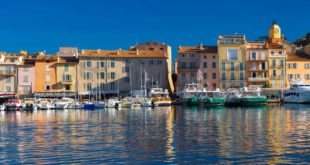Dubrovnik is a city on the southern Croatian coast of the Adriatic Sea. It is the world’s greatest fortified city. The old city is fully enclosed within massive stone walls which stretch for 1,940 meters. The walls are up to 25 meters high, and in places even 6 meters thick, especially in those places most important to the defense of the city. There are five fortresses in the old city, three of which are part of the surrounding wall. It is considered to be the greatest tourist attraction in Croatia.
 The construction of the city of Dubrovnik began in the 6th century. After the people suffered a loss when Epidaurum (present-day Cavtat) was overrun by the Avars and the Slavs, they moved to the small rocky island Laus and started a new settlement there. The Slavs, however, began constructing Dubrovnik across the channel from the island. In the 12th century the narrow channel was paved, and these two cities merged and became one city, Ragusa. This paved channel is today’s main street in Dubrovnik, called Placa.
The construction of the city of Dubrovnik began in the 6th century. After the people suffered a loss when Epidaurum (present-day Cavtat) was overrun by the Avars and the Slavs, they moved to the small rocky island Laus and started a new settlement there. The Slavs, however, began constructing Dubrovnik across the channel from the island. In the 12th century the narrow channel was paved, and these two cities merged and became one city, Ragusa. This paved channel is today’s main street in Dubrovnik, called Placa.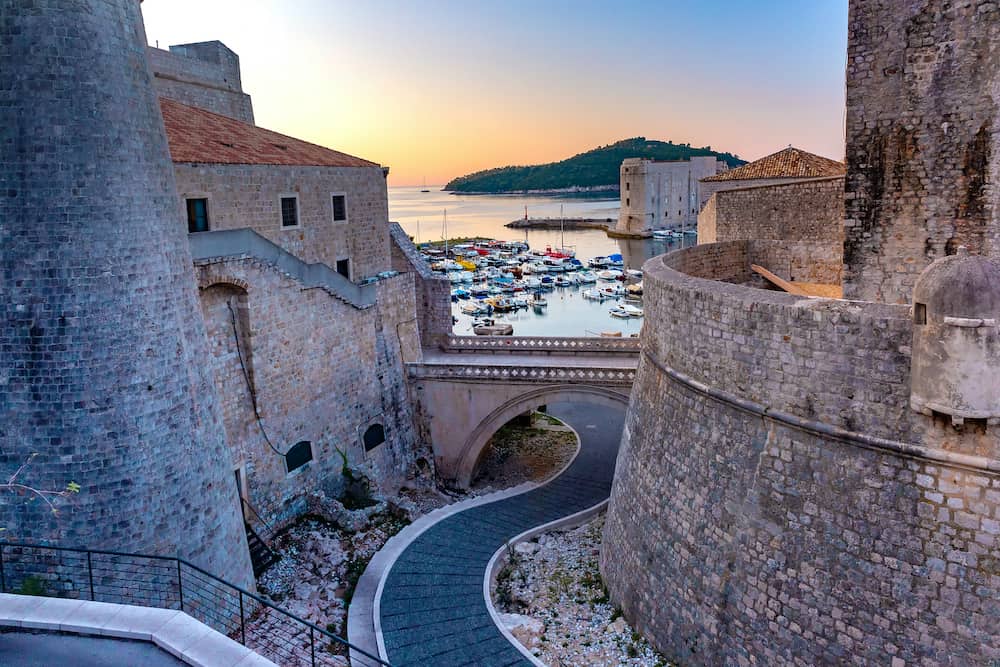 One of the most attractive buildings in the old city is the Euphrasian Basilica, which was built in the 6th century, by the Bishop of the time, Euphrasius. Firstly, the Cathedral was built, after which the other buildings were added to the complex. This basilica, its atrium, baptistery, and episcopal palace are wonderful examples of religious architecture. They combine elements of classical and Byzantine architecture. The Basilica also has stunning gold Byzantine mosaics and beautiful marble decorations. It is the only early Christian basilica in the Catholic world with completely preserved ancient architecture.
One of the most attractive buildings in the old city is the Euphrasian Basilica, which was built in the 6th century, by the Bishop of the time, Euphrasius. Firstly, the Cathedral was built, after which the other buildings were added to the complex. This basilica, its atrium, baptistery, and episcopal palace are wonderful examples of religious architecture. They combine elements of classical and Byzantine architecture. The Basilica also has stunning gold Byzantine mosaics and beautiful marble decorations. It is the only early Christian basilica in the Catholic world with completely preserved ancient architecture.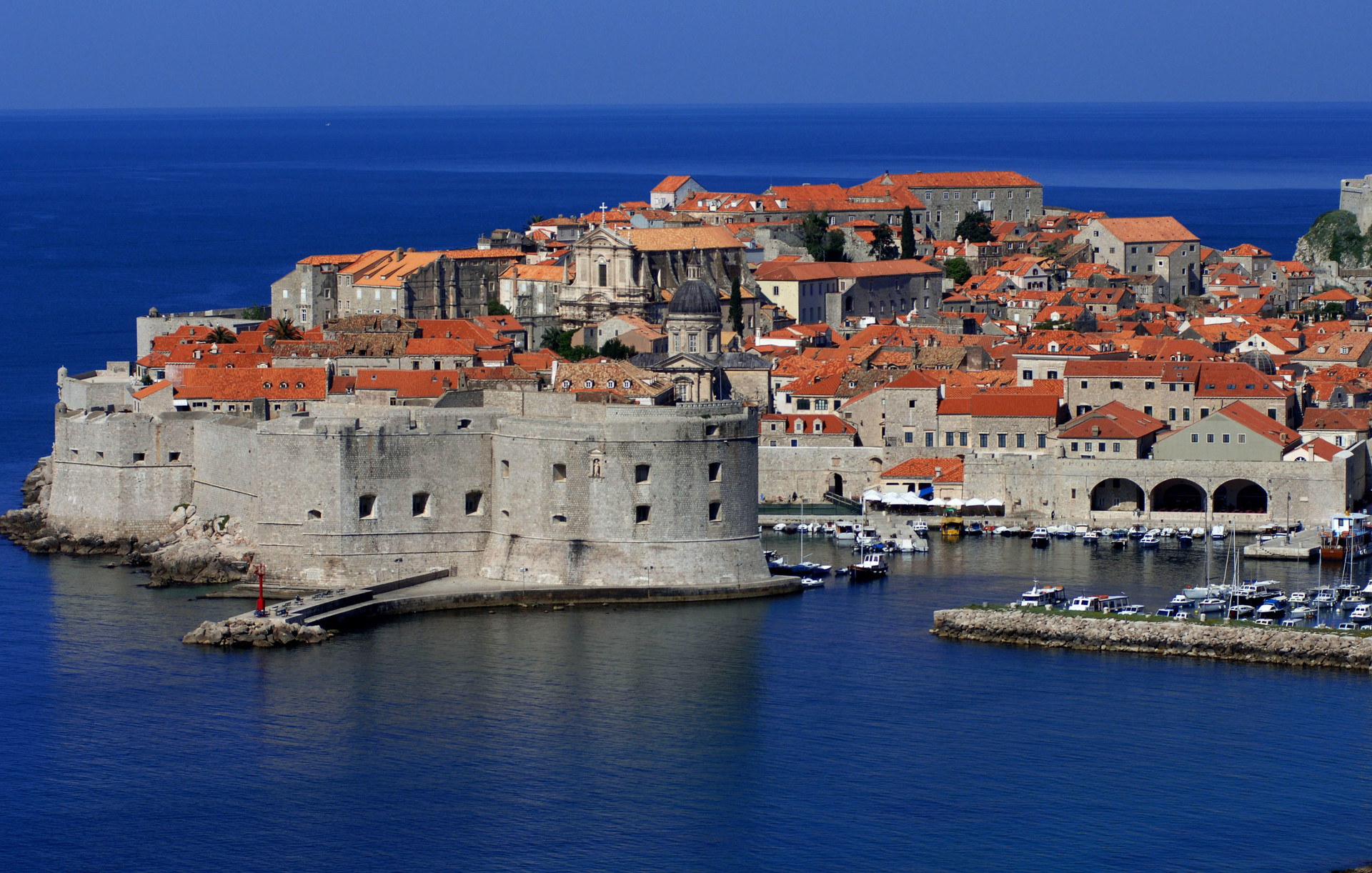 The St. James Cathedral was constructed between 1431 and 1535. It was built from limestone and marble, which was shipped over from the island of Brac. The construction was started by Italian master builders, who worked on it for the first 12 years, in the Venetian Gothic style. From 1444 to 1535, the construction was under the direction of two Croatian master builders, firstly Juraj Dalmatinac and then Nikola Firentinac.
The St. James Cathedral was constructed between 1431 and 1535. It was built from limestone and marble, which was shipped over from the island of Brac. The construction was started by Italian master builders, who worked on it for the first 12 years, in the Venetian Gothic style. From 1444 to 1535, the construction was under the direction of two Croatian master builders, firstly Juraj Dalmatinac and then Nikola Firentinac.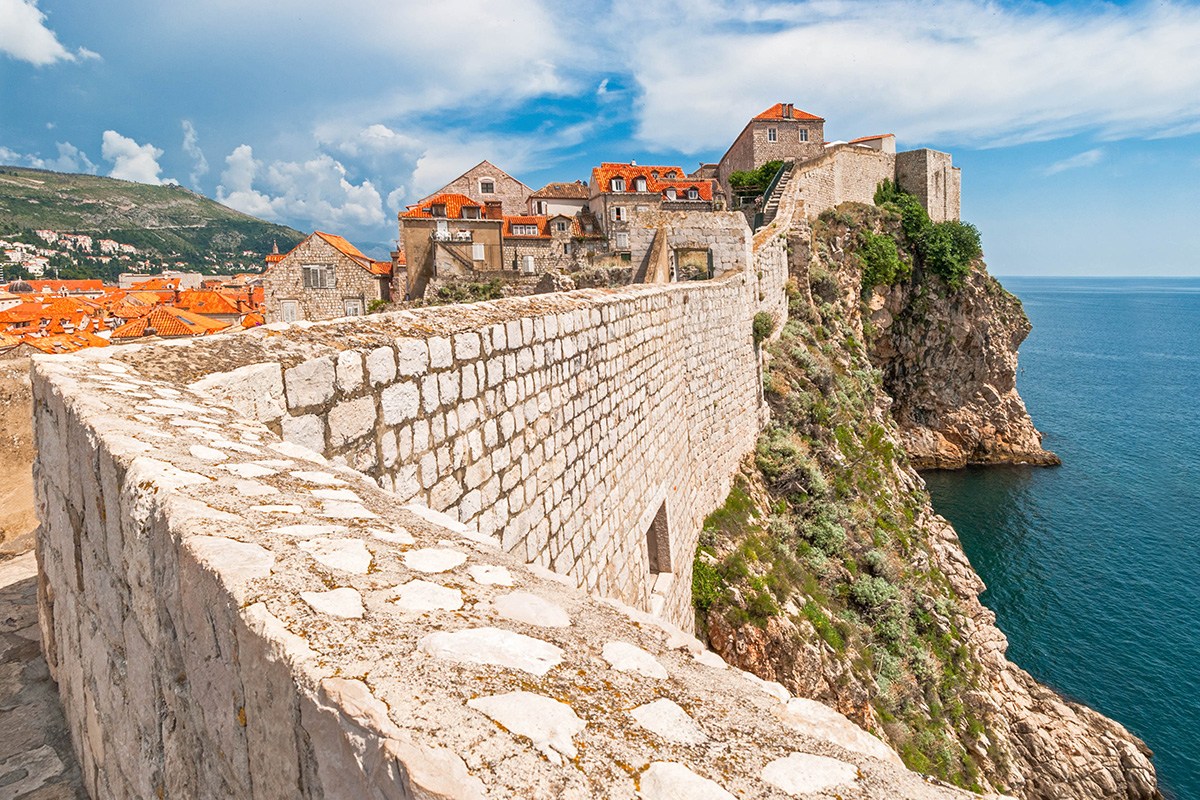 They worked in the Toscano Renaissance style, combining it brilliantly to the previous style, and were ultimately responsible for the cathedral’s unique and monumental appearance. The cathedral’s exterior was decorated with 71 statues of prominent individuals of that time, carved in stone.
They worked in the Toscano Renaissance style, combining it brilliantly to the previous style, and were ultimately responsible for the cathedral’s unique and monumental appearance. The cathedral’s exterior was decorated with 71 statues of prominent individuals of that time, carved in stone.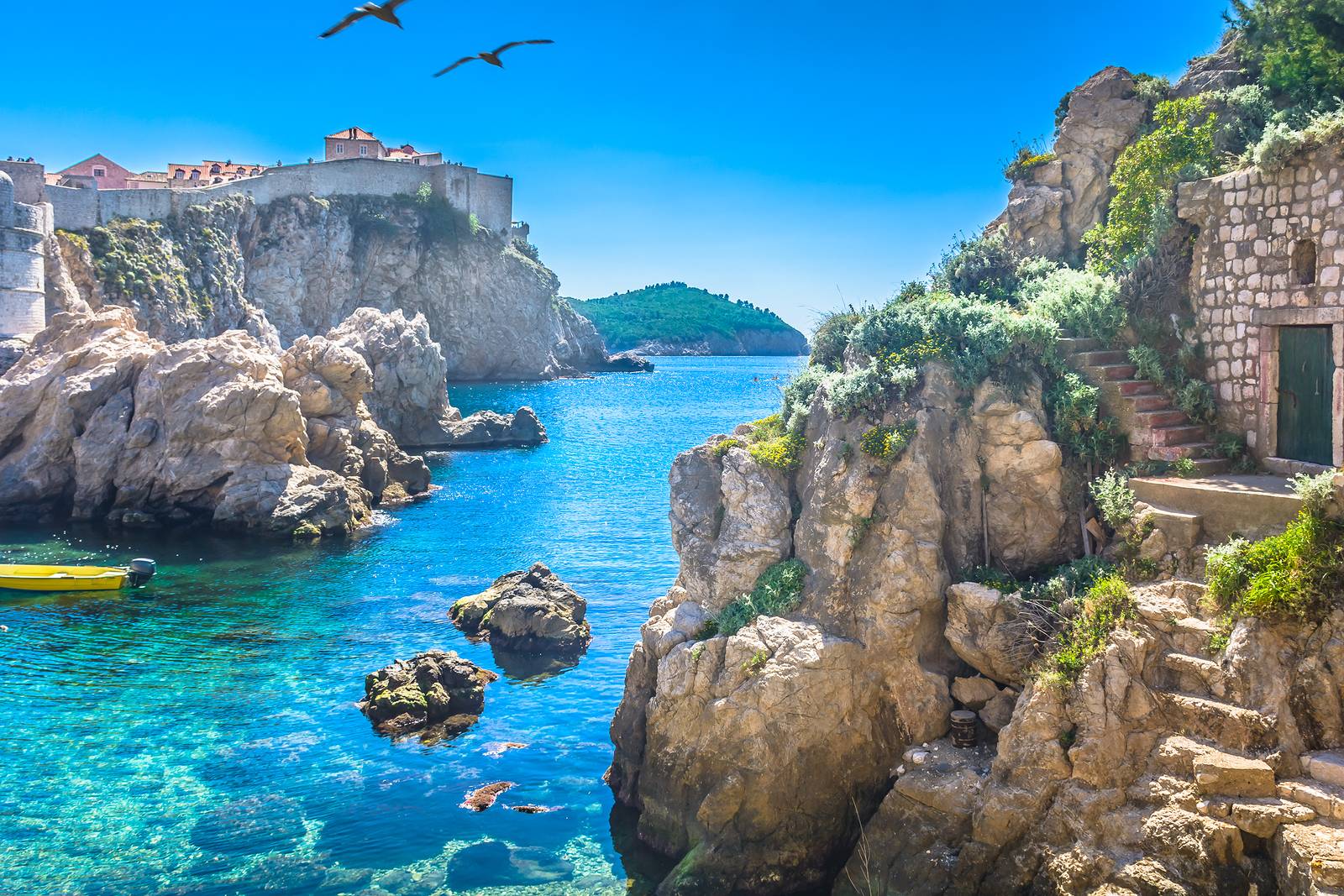
 Tourist Destinations World Travel Guides
Tourist Destinations World Travel Guides


